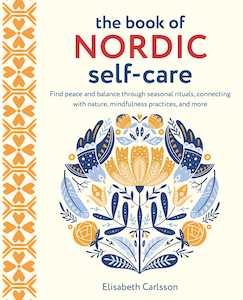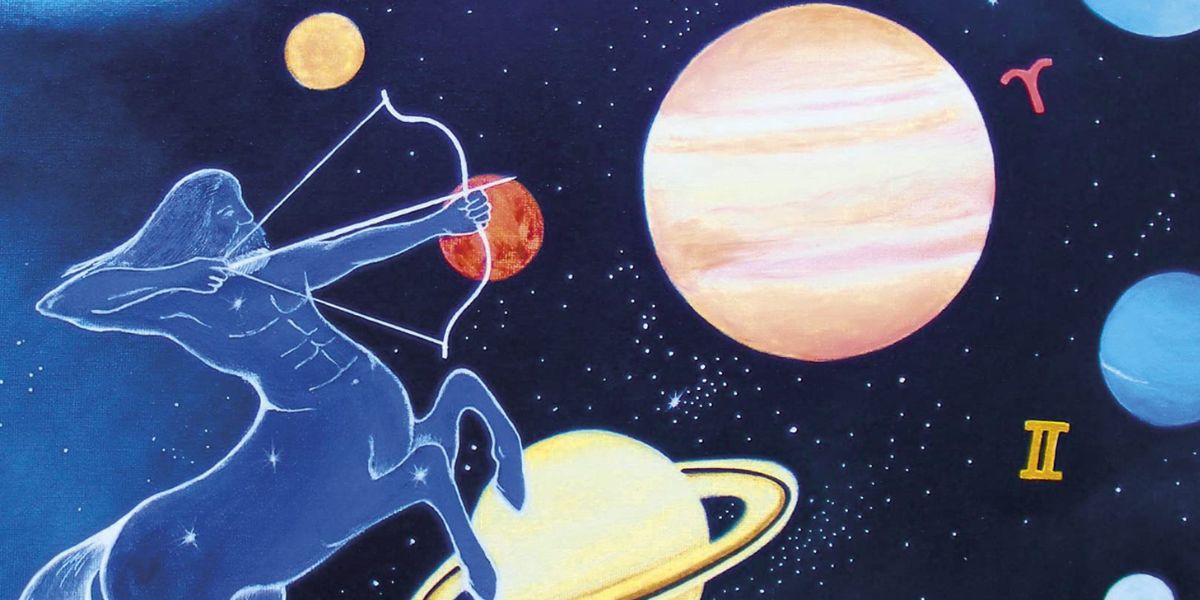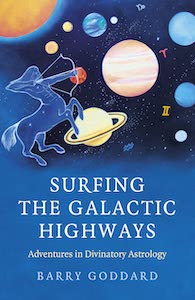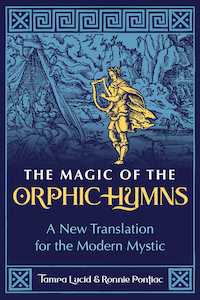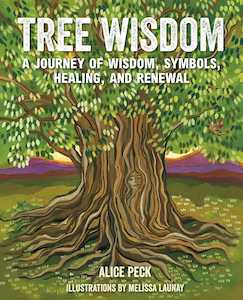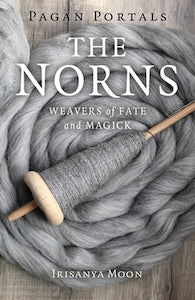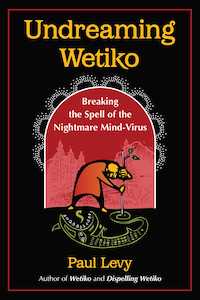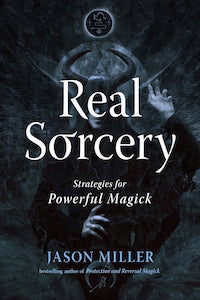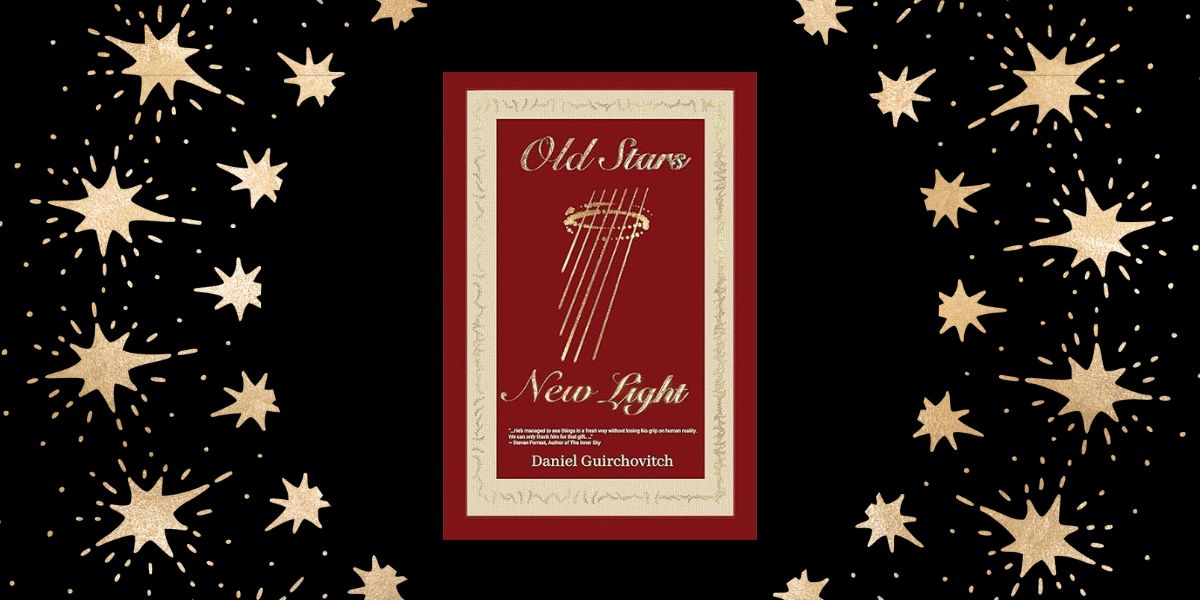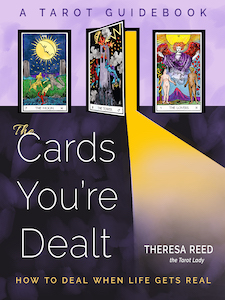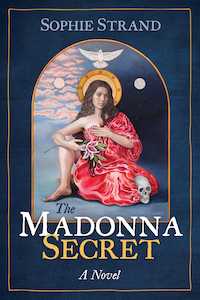
The Madonna Secret, by Sophie Strand
Bear & Company, 159143467X, 608 pages, August 2023
A tale as old as time, the tragic story of lovers parted by fate, is what one might expect for a Shakesphere play, but the roots of Christianity? Not so much. Yet the tale artfully woven together in The Madonna Secret by Sophie Strand is by far the most epic love story I have read to date.
Strand is an enticing writer, drawing the reader slowly into the stories with descriptive words that bring the setting to life. Her website describes how her work “focuses on the intersection of spirituality, storytelling, and ecology” 1 These themes clearly come through in The Madonna Secret, which is a historic fictional novel based on the gospel through a feminist lens.
The story is centered upon Miriam of Bethany and her family, including siblings Lazaros (Lazarus), known for his resurrection by Jesus, and Marta (Martha). The family dynamics are centerfold for this story, highlighting gender inequalities and “norms” in both religious and social context. Miriam dances to the beat of her own heart, but struggles with finding her place when she doesn’t fit in with the women and yearns for the knowledge of scripture limited to men’s access only.
Through attending births with her housemaid Kemet, who is from Egypt, Miriam learns the secrets of herbal healing and that she, surprisingly, has the ability to heal people with her touch. However, she is also prone to fits and fainting, which others believe is from demon possession. Her ability and episodes sparks many questions as she seeks to know more about her healing ability – why can she heal some and not others? Is this a power from God or could it be used for harm too? How is she even able to perform such feats?
Despite her deep internal quest, Miriam’s life as a young woman of this time continues forward, and she becomes betrothed to a wealthy spice merchant. Yet when she suffers another episode, her family decides it’s in her best interest to seek healing. Miriam and Lazoros set out on a quest, and soon enough, they find themselves at the camp of Yochanan. Yochanan is not the only healer here though; much of the community also revels in the stories of Yeshua around the campfire. There’s a subtle undercurrent of a growing divide between the two men.
At this juncture, Miriam and Yeshua both feel the inexplicable pull of destiny as their paths cross more. However, now that she’s been healed, Miriam returns to her life in Bethany. Without giving too many spoilers into the twists and turns of their love story, I will say the rest of the story follows the passionate romance between Miriam and Yeshua. Their similarities and contrasts both, pulling them together and repelling them at the same time, shaping the fate of the world in the meanwhile.
Now that the general premise is outlined, and keeping in mind this is a 600-page book filled to the brim with details, textures, and revelation that my short synopsis hardly covers, I need to share my own feelings about the text: I have been permanently internally shifted, turned around, and rearranged after reading this book on the deepest level. The profound places Strand’s writing was able to take me within myself, uncovering buried parts of my psyche and cracking open my heart, has left me a new person. I know this might sound dramatic or perhaps an embellishment, but it truly is not.
Thus far in my life, as an avid reader, I have never experienced the afterglow I’ve been basking in from this book. All the sorrow, grief, and love bundled within have been pouring through me and silently working their magic. It’s been over a week now and I haven’t been able to move onto a new book yet because everything else feels shallow in comparison. The Madonna Secret has hold on me; the message of the story has sunk deep into my bones, activating my consciousness, allowing me to perceive the evolution of Christianity in a new light.
As someone who has studied Christianity through a feminist lens, nothing has tied pieces together for me more than this book. And I think it’s the power of narrative, which Strand has mastered, that is what propels shifts in consciousness. It’s one thing to read the actual gospel, another to read feminist theologian’s perspectives based on their academic research, but to take the source material and transform it into such a profound story is brilliance and talent beyond comprehension. I’m so thoroughly impressed by Strand’s writing ability and keen insight into how all these pieces fit together.
The Madonna Secret is a story that will continue to live on in my heart forever. Upon reading the last sentence, I quietly – and completely unconsciously – whispered to myself, “This is the best book ever…”. I had no words; the activation of my soul was in motion. I’ve done my best to string together cohesive thoughts in this review, yet even as I’m writing, all I’m feeling is the love within my body that has taken residence since bearing witness to Miriam’s journey.
Strand has truly rewritten the narrative of Christianity in a way that makes sense and heals. I hope to see the activation of this book spread far and wide, which is why I have already gifted copies of it to those I know will be open to its message. Little by little these shifts in consciousness, which reconnect the material and spiritual, realigning humanity and nature, masculine and feminine, and the mundane and divine, is what will create a new world view. Strand is a pioneer voice, reshaping the mythos and landscape to give voice for those who need it most: the land, the animals, the outcasts, and the women!
As Miriam says:
“I am here for the trees. The women. The children. The birds. I am not here for the men who would hurt them all.”2
Alanna Kali is an astrologer, numerologist, and pioneer spirit that loves to explore life through the lens of depth psychology. She has a passion for studying the humanities and social trends. Her academic work is centered upon reuniting body, mind, and spirit through eco-psychology. She loves reading, spending time in nature, and travel.


